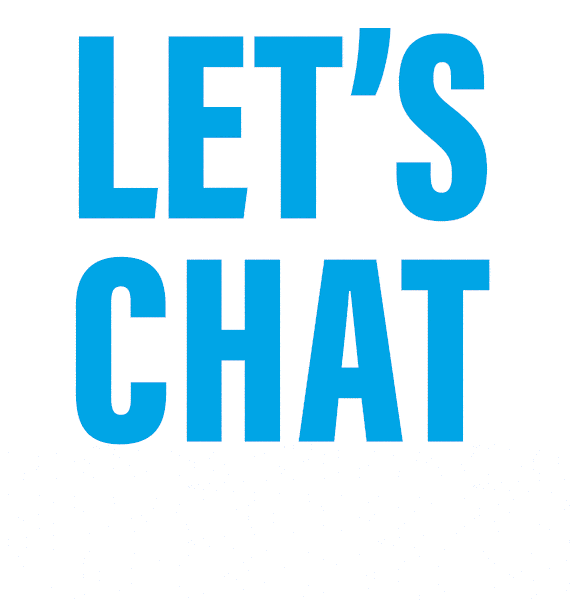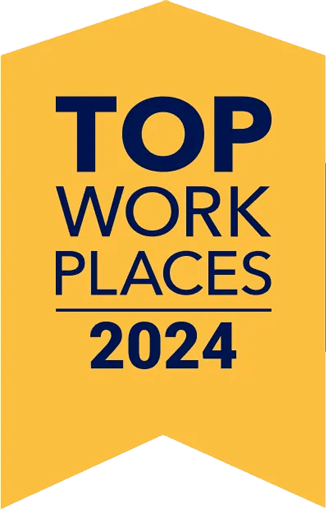Let’s throw it back. Way back, to like, 2013. Imagine you’re scrolling on Instagram, Frappuccino in hand, swiping past flower crowns and bubble necklaces, with “Thrift Shop” by Macklemore stuck in your head.
Ever wonder how we’ve come so far from the world of over-saturated sepia filters and mint green chevron to photo dumps and the “clean girl” aesthetic?
That’s where we come in. At VI, we’re experts on trends and strategy, always anticipating the next Big Thing and building campaigns that make sense in the context of society’s ever-changing tastes while remaining true to a brand’s authentic voice.
In the tourism industry, if you’re not on social then you’re not getting visitors – that’s just a fact. But let’s take a look at how the impact of social media in tourism marketing has evolved over the years, no matter how grainy the pictures and corny the hashtags might have been.
In The Beginning (2010 – 2015)
In the beginning, there was Facebook and Twitter and it was good. Enter Instagram – thus the rise of social media marketing in tourism.
Platforms Dominating the Tourism Marketing Scene
- Facebook and Twitter (X) were the main social media platforms used for tourism marketing. Destinations mainly used static images and link-based posts.
- Instagram’s launch in 2010 quickly became a game-changer, as tourism boards and travelers began to post visually compelling destinations.
- YouTube played a role in long-form travel vlogs, influencing niche audiences.
Saturated in Strategy (and the Valencia Filter): What Did Social Media Tourism Marketing Look Like at First?
- Bright, colorful, well-composed travel photos became the standard, with influencers and destinations focusing on postcard-perfect imagery.
- Minimal editing, high saturation and travel quote overlays were popular. Alas, “Not all those who wander are lost" had its day in the sun.
- Hashtag campaigns (for example, #VisitNorway) emerged as key tools for branding.
- User-generated content and “re-gramming” became popular.
- Celebrity vacations and access via social media into their glamorous lives began to set trends for aspirational luxury travel. Hello, Season 6 Episode 10 of Keeping Up with the Kardashians, where Kim loses her diamond earring in Bora Bora!
- Destinations like Santorini, Bali and Iceland became extremely popular thanks to lots of exposure on travel influencer feeds.

#Instagramfiltersgalore
The Era of Curated Aesthetics & Storytelling (2016 – 2019)
Ah, pre-pandemic times. When we were most concerned with the next Coachella line-up and buying the perfect Lightroom filter package.
Platforms Dominating the Social Media Travel Scene
- Instagram Stories and IGTV entered the scene and allowed for real-time, behind-the-scenes travel content.
- Pinterest became a major player in travel itinerary planning.
- Snapchat gained brief relevance in tourism marketing with its geo-filter feature.
You Had to Be There: Perfect Pics & Grids Take Over Social Media Tourism Marketing
- The “perfectly curated” Instagram feed took over, with influencers editing their photos using Lightroom presets for dreamy, pastel tones.
- Drone photography became essential, giving rise to viral aerial shots of beaches, cities and natural wonders.
- Golden hour photography and coordinated outfit aesthetics influenced how people dressed for their trips.
- Destinations shifted from promoting landmarks to selling full experiences ("Swim with pigs in the Bahamas!" or "Stay in a glass igloo under the Northern Lights!").
- "Instagrammable" spaces started popping up everywhere - cafes, hotels and cities intentionally designed photogenic spaces to attract influencers. Remember those decadent flower arches?
- The rise of travel bloggers, influencers and vloggers influenced adventure travel, reaching people on both Instagram and YouTube.
- Cities and countries invested heavily in influencer marketing, inviting photographers and bloggers to promote locations.
- Festivals like Coachella and Tomorrowland were marketed as full travel experiences on social - not just music events.

I too couldn’t get enough Lightroom presets.
Tik, Tok, Boom – The Shift to Relatable Travel (2020 – 2022)
Welcome, TikTok.
Platforms Dominating the Travel Marketing Scene
- TikTok reshaped travel marketing, allowing for short-form, unfiltered content instead of perfectly curated Instagram posts.
- Live streaming (Instagram Live, Facebook Live) allowed real-time destination exploration.
- AR/VR travel experiences gained traction during COVID-19.
POV: TikTok Changes the Game in Travel Marketing on Social Media
- Candid, less-polished content became the norm, as Gen Z rejected heavily curated posts.
- "POV" travel content gained popularity.
- Before/after transformation edits (showing an empty vs. crowded landmark) gained engagement. I didn’t realize a street in New York was capable of ever being empty.
- Due to the pandemic, destinations offered 360-degree virtual tours of museums, cities and national parks.
- Staycations, road trips and domestic tourism were promoted as international travel was restricted. Yes, your hometown was cool again!
- Travel brands began to heavily focus on responsible tourism, eco-friendly travel and cultural respect campaigns.
- TikTok trends like “Cheap Travel Hacks” or “Hidden Gems” became new forms of destination marketing on social.
- Travel challenges (#VanLife) gained traction as digital nomadism surged.
- Film and TV tourism became popular as destinations capitalized on the places and experiences in shows like Emily in Paris.

Get In Loser, We’re Having an Immersive and Personalized Experience! (2023 – 2025)
Platforms Dominating the Tourism Social Media Scene
- TikTok remains dominant for trend-based tourism marketing.
- Instagram Reels have begun gaining more traction as a strong alternative to TikTok.
- AI-powered travel tools are helping people plan trips and personalize itineraries.
- The Metaverse & VR tourism allow travelers to preview destinations before booking.
What’s Fetch Now? Relatability and Authentic Storytelling.
- Unfiltered and immersive storytelling continues to replace curated content across platforms.
- 360-degree experiences & first-person POVs make travel content feel personal.
- Minimalist and "quiet luxury" aesthetics replace flashy edits (influenced by Gen Z’s taste shift).
- Photo dumps. IYKYK.
- Hyper-local tourism campaigns and small businesses have a strong voice on social, promoting off-the-beaten-path experiences to combat over-tourism and provide unique, personal experiences.
- "De-influencing" trends make authentic, budget-friendly travel more appealing than luxury vacations.
- The use of influencers in tourism marketing on social is only continuing to grow, offering potential travelers a sneak peek of the vacation they could have and uncovering hidden gems.
- Augmented reality (AR) tourism integrates real-time historical facts into travel experiences.
- Taylor Swift’s Eras Tour & Beyoncé’s Renaissance Tour drove the gig-tripping trend, leading fans to plan entire vacations around concerts and take their followers along for the ride.
- Even more Film/TV tourism – thanks to White LotusSeason 2, “Italian summer” and “coastal grandmother” trends started popping up on our feeds.

So...what’s next? 2010 – 2025 showed an evolution in social media tourism from being aspirational to being immersive and accessible. Looking ahead, instead of just showing "perfect" destinations, content must help people visualize, plan and experience travel in real time. They need to see themselves there and feel like their next trip is meant for them. It’s up to you though – you know best for your brand. But maybe VI knows even better?
Here’s to our archived posts and ghosts of social media trends’ past; gone but never forgotten.










